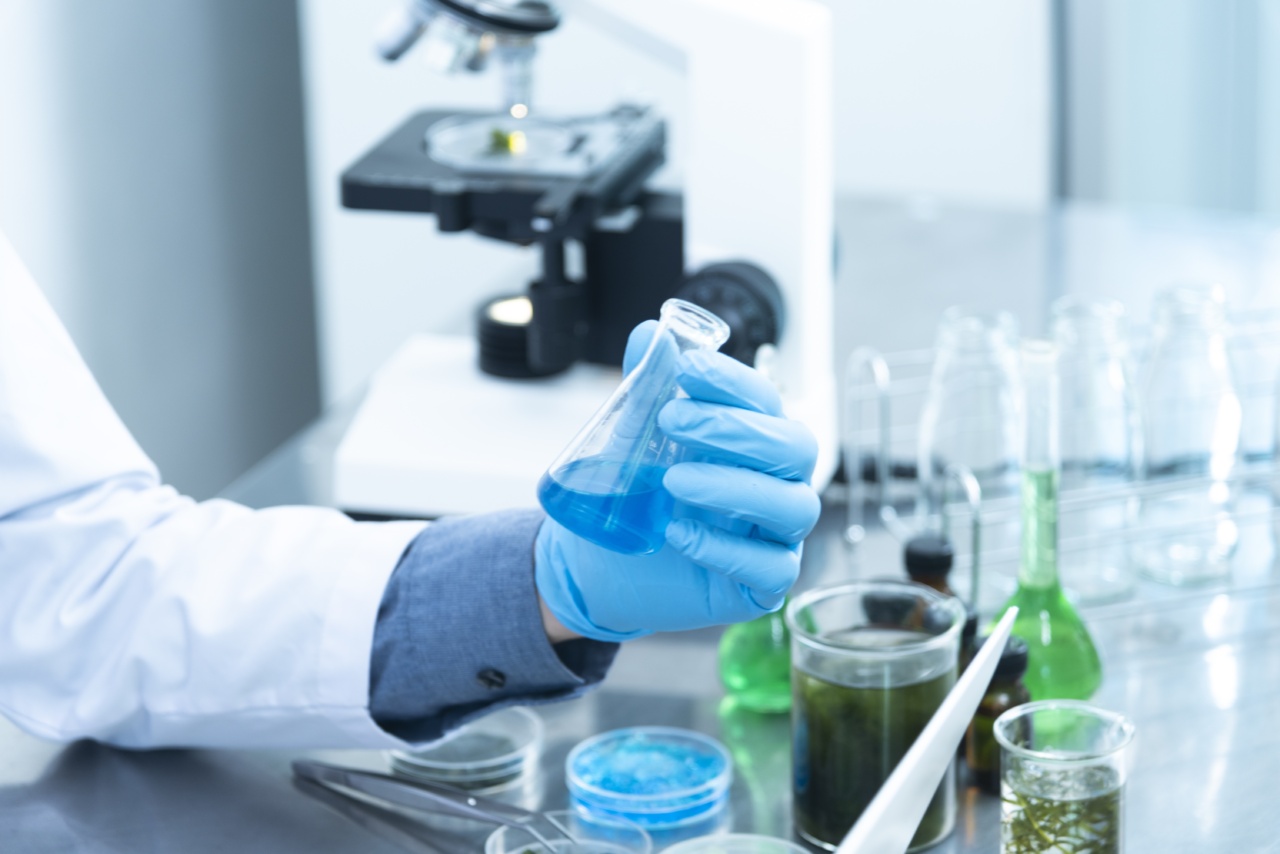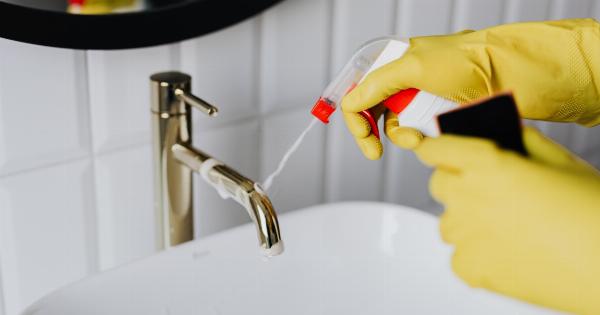When it comes to skincare, exfoliation is an essential step to achieving a healthy, glowing complexion. Exfoliation helps to remove dead skin cells that can clog pores and lead to dull, congested skin.
There are two main types of exfoliation: physical exfoliation and chemical exfoliation.
What is Chemical Exfoliation?
Chemical exfoliation refers to the use of acids and enzymes to dissolve and loosen dead skin cells from the surface of the skin. The most commonly used acids in chemical exfoliants are alpha-hydroxy acids (AHAs) and beta-hydroxy acids (BHAs).
How Do Chemical Exfoliants Work?
AHAs and BHAs work by breaking down the bonds that hold dead skin cells together, allowing them to be easily sloughed off.
AHAs are water-soluble and work best on the surface of the skin, while BHAs are oil-soluble and are better at penetrating the pores.
Enzymes such as papain (from papaya) and bromelain (from pineapple) work similarly to AHAs and BHAs by breaking down the bonds between dead skin cells. These enzymes are gentler than acids and are a good option for those with sensitive skin.
The Benefits of Chemical Exfoliation
Chemical exfoliation has many benefits for the skin. By removing the buildup of dead skin cells, chemical exfoliation can help to unclog pores, prevent acne, improve skin texture, and reduce the appearance of fine lines and wrinkles.
Regular use of chemical exfoliants can also help to brighten and even out skin tone.
Choosing the Right Chemical Exfoliant
There are many different types of chemical exfoliants available, and it can be overwhelming to choose the right one for your skin type and concerns.
AHAs such as glycolic acid and lactic acid are best for dry, dull skin as they help to hydrate and brighten. BHAs such as salicylic acid are ideal for oily, acne-prone skin as they help to unclog pores and reduce inflammation.
Enzyme exfoliants are a good option for those with sensitive skin, as they are gentle and less likely to cause irritation.
However, it is important to note that enzymes are not as effective as AHAs and BHAs and may require more frequent use to achieve the same results.
How to Use Chemical Exfoliants
It is important to follow instructions carefully when using chemical exfoliants, as overuse can lead to irritation and damage to the skin barrier.
Start by using a chemical exfoliant once or twice a week and gradually build up to more frequent use if your skin tolerates it.
After cleansing, apply the chemical exfoliant to dry skin and leave on for the recommended amount of time (usually 5-10 minutes). Rinse off with water and follow with your regular skincare routine.
Be sure to wear sunscreen during the day, as chemical exfoliants can make skin more sensitive to the sun’s rays.
Conclusion
Chemical exfoliation is a highly effective way to improve the texture and appearance of the skin.
By using AHAs, BHAs, and enzymes to dissolve dead skin cells, chemical exfoliants help to unclog pores, prevent acne, reduce fine lines and wrinkles, and even out skin tone. However, it is important to choose the right exfoliant for your skin type and concerns and to use it correctly to avoid irritation and damage to the skin barrier.






























